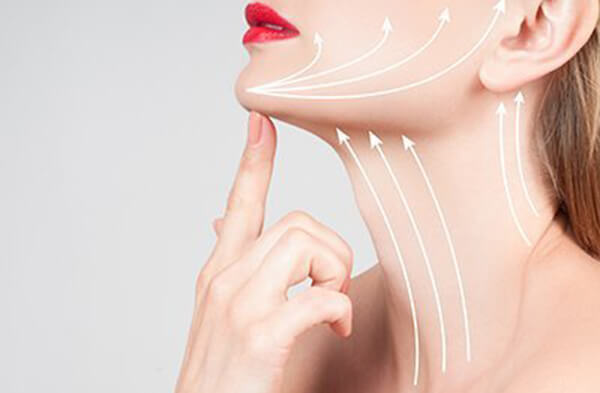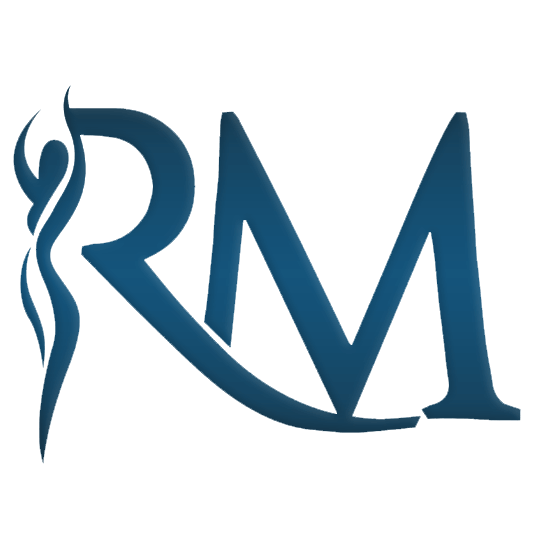Harley Street Medical Centre, Abu Dhabi
050 513 9016
02 613 3808
info@drrabihmaatouk.com
info@hsmc.ae
A neck lift, also known as a lower rhytidectomy or platysmaplasty, is a cosmetic surgery that is designed to improve the appearance of the neck and jawline.
It is a popular cosmetic surgery that can help reverse the effects of aging, weight loss, and genetics on the neck area.

There are several different types of neck lift procedures, each designed to address specific issues with the neck and jawline. The most common types of neck lift procedures include:
Cervicoplasty: This procedure involves removing excess skin from the neck to reduce sagging and create a more youthful appearance. The surgeon will make an incision under the chin or behind the ears to remove the excess skin and tighten the remaining skin and muscles.
Platysmaplasty: This procedure targets the platysma muscle in the neck, which can become loose and create vertical bands or wrinkles in the neck. The surgeon will make small incisions under the chin or behind the ears to access the platysma muscle and tighten it.
Liposuction: In some cases, excess fat in the neck area can contribute to the appearance of a double chin or sagging skin. Liposuction can be used to remove the excess fat and create a more defined jawline.
Anyone who is unhappy with the appearance of their neck and jawline due to sagging skin, wrinkles, or a double chin may be a good candidate for a neck lift.
Neck lift surgery is typically performed on individuals who are 40 years or older, although younger patients with certain issues such as "turkey neck" may also be good candidates.
A neck lift is typically performed under general anesthesia or local anesthesia with sedation, and the procedure can take several hours to complete. Depending on the extent of the surgery, you may need to stay in the clinic overnight for observation. After the surgery, you will need to wear a dressing or bandages to help your neck heal properly.
After the procedure, the patient will need to rest and avoid strenuous activities for several weeks. The patient may experience swelling, bruising, and discomfort during the first few days after the surgery. Pain medications may be prescribed to alleviate discomfort, and the surgeon will provide specific instructions on how to care for the incision sites and manage pain.
A neck lift is a safe and effective way to improve the appearance, increased confidence, and a more youthful-looking neck and jawline. The results of the procedure can last for several years, with proper care and attention.
There are several different types of neck lift procedures, each designed to address specific issues with the neck and jawline. The most common types of neck lift procedures include:
Cervicoplasty: This procedure involves removing excess skin from the neck to reduce sagging and create a more youthful appearance. The surgeon will make an incision under the chin or behind the ears to remove the excess skin and tighten the remaining skin and muscles.
Platysmaplasty: This procedure targets the platysma muscle in the neck, which can become loose and create vertical bands or wrinkles in the neck. The surgeon will make small incisions under the chin or behind the ears to access the platysma muscle and tighten it.
Liposuction: In some cases, excess fat in the neck area can contribute to the appearance of a double chin or sagging skin. Liposuction can be used to remove the excess fat and create a more defined jawline.
Anyone who is unhappy with the appearance of their neck and jawline due to sagging skin, wrinkles, or a double chin may be a good candidate for a neck lift.
Neck lift surgery is typically performed on individuals who are 40 years or older, although younger patients with certain issues such as "turkey neck" may also be good candidates.
A neck lift is typically performed under general anesthesia or local anesthesia with sedation, and the procedure can take several hours to complete. Depending on the extent of the surgery, you may need to stay in the clinic overnight for observation. After the surgery, you will need to wear a dressing or bandages to help your neck heal properly.
After the procedure, the patient will need to rest and avoid strenuous activities for several weeks. The patient may experience swelling, bruising, and discomfort during the first few days after the surgery. Pain medications may be prescribed to alleviate discomfort, and the surgeon will provide specific instructions on how to care for the incision sites and manage pain.
A neck lift is a safe and effective way to improve the appearance, increased confidence, and a more youthful-looking neck and jawline. The results of the procedure can last for several years, with proper care and attention.
